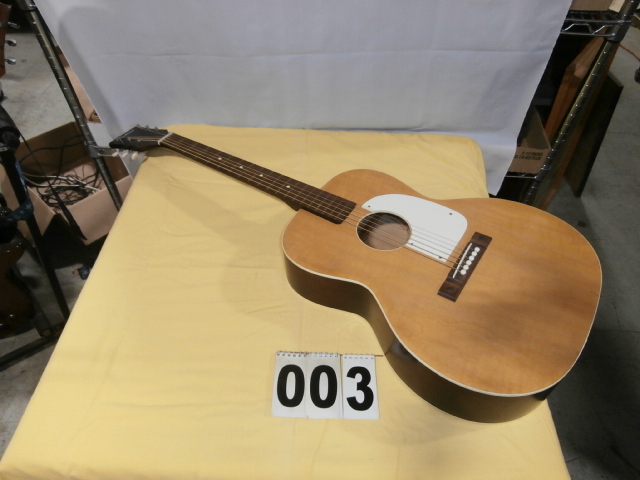

Eastwood also opted for more stable hardware: a Tune-o-matic bridge with a stop tailpiece (a Bigsby-equipped version is also available) and chrome Wilkinson tuners that look exactly like Grovers. They reduced the tone and volume control set from six knobs to three. Rather than trying to source reproductions of the original Valco single-coils, the company chose a pair of Alnico Hot-10 humbuckers. Most notably, Eastwood eschewed fiberglass in favor of a chambered mahogany body. 062, offering plenty of string tension when tuned B-to-B (a fourth below standard tuning).īeyond the fact that Valco never made a baritone guitar in this style, the guitar deviates from vintage in significant ways. The guitar has a 27" scale, relatively short for a baritone, but it came strung with a set of D’Addarios gauged. Mean and Green The Airline’s body and hardware tend to engender love-it or hate-it reactions, and I’m firmly in the former camp-especially when the guitar is a bright seafoam green with a vintage-correct pickup switch that looks lifted from a kitchen appliance.Ĭhords have a lush, deep, and overtone-rich quality-especially when employing open strings-that’s impossible to duplicate on a standard guitar.īut there’s more to the Map Baritone than its appearance. Cooler still is the fact that Eastwood has updated the old Valco designs where they needed it, or created entirely new variations like the Map Baritone reviewed here. So it’s cool to see Eastwood reissue Valco guitars under the resurrected Airline brand at very reasonable prices. These days they’re hard to come by, and if you find one, chances are that it will be hard to play or need a lot of work. Original map guitars were made by Valco, who sold them through Montgomery Ward. It was priced under $500, and I should have bought it when I had the chance. It was made out of a fiberglass that the company called “Res-O-Glass” and had knobs and switches that seemed to have been taken straight from an Edsel. The body vaguely resembled a map of the United States. I was working in a guitar shop in the early ’90s, and there it was, hanging on the wall, sticking out like a sore thumb among the Fender- and Gibson-inspired electrics. I’ll never forget the first time I came across a map-shaped National Newport.

Hang around guitars long enough, and you’ll encounter an oddball axe that remains forever burned in your memory. Eastwood Airline Baritone Review by premierguitar


 0 kommentar(er)
0 kommentar(er)
